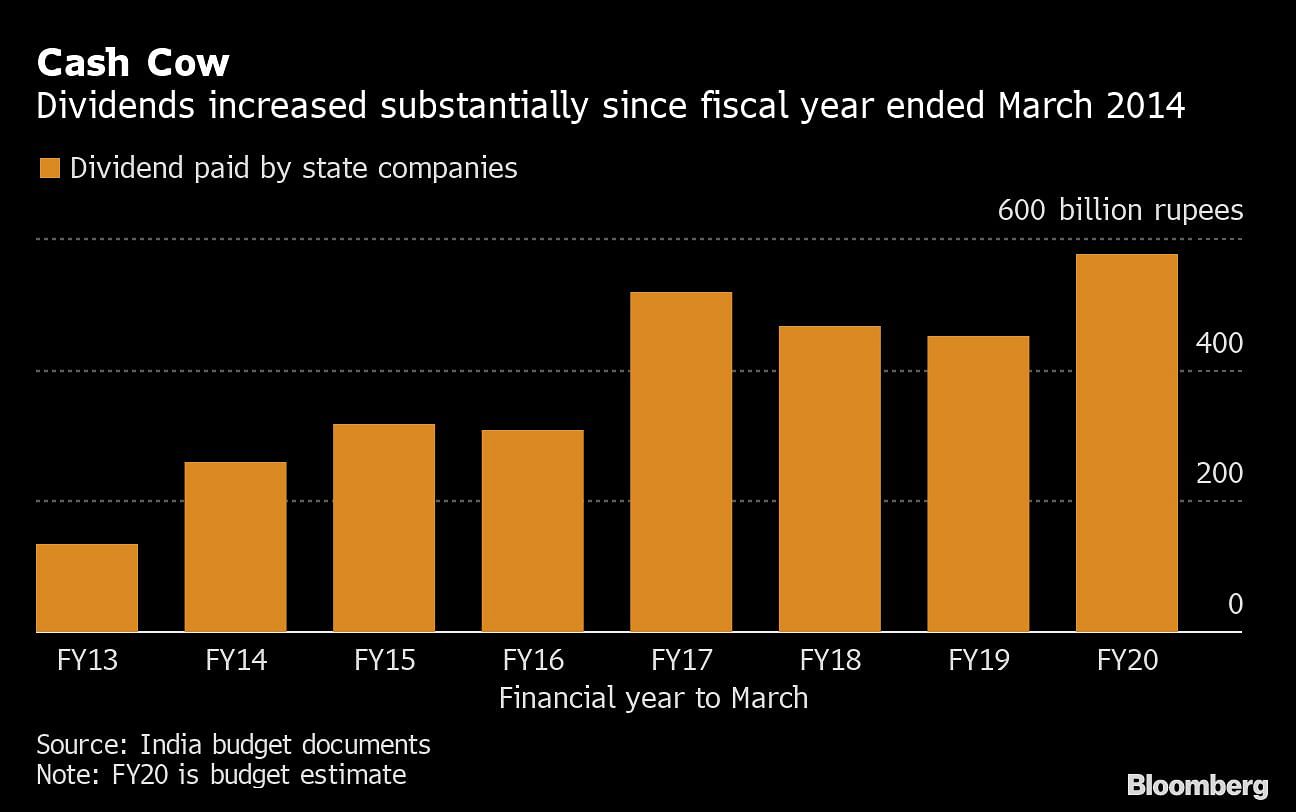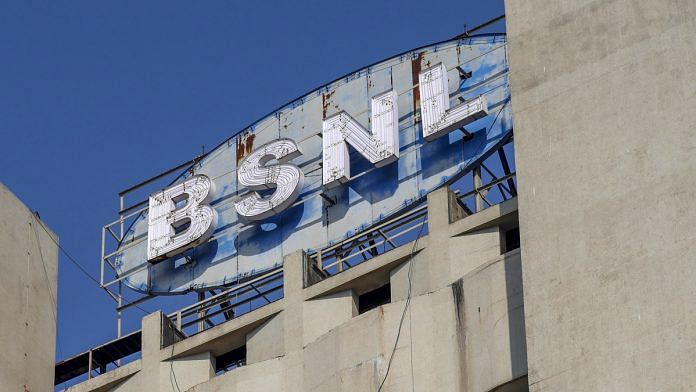New Delhi/Mumbai: For years India’s state-run companies coughed up hefty dividends when the government needed cash. Now the treasury is being forced to return the favor.
Prime Minister Narendra Modi will spend about $9.5 billion to resuscitate telecom firms Bharat Sanchar Nigam Ltd. and Mahanagar Telephone Nigam Ltd., Telecom Minister Ravi Shankar Prasad said at a briefing last week. The government is already pumping 300 billion rupees of tax payers’ money into state-run Air India Ltd., while fighter-jet maker Hindustan Aeronautics Ltd. has been borrowing to pay employees this year after parting with its cash reserves as dividends to the government.
Protests by angry employees at the telecom companies demanding that salaries be paid on time are piling pressure on Modi. The risk is that placating them could widen the 7 trillion rupee ($99 billion) hole in public finances, which has already pushed the government to resort to record borrowings.

Modi has received more than $28 billion from state firms since he came to power in 2014, by extracting dividends or getting them to buy out the government’s stake in other state companies, data compiled by Bloomberg show. While previous administrations also resorted to similar measures, the payouts have risen almost 60% from the levels seen under Modi’s predecessor.
The numbers exclude dividends from the Reserve Bank of India and state-run banks. MTNL last paid a dividend of 6.3 billion rupees in the financial year ended March 2009.
“India has been killing the geese that were laying the golden eggs,” said Madhavi Arora, an economist at Edelweiss Securities Ltd. in Mumbai. “It just doesn’t have the resources at hand right now to write big checks to revive or shut down some of the behemoths.”
Arora says the government will resort to fire sales of some of these companies, while also auctioning some better-performing ones. That may explain why the government has, for now, left its borrowing target for the year through March 2020 unchanged.
India’s plan to revive MTNL and BSNL:
- Issue sovereign-backed bonds worth 150 billion rupees
- Offer early retirement packages worth a total 290 billion rupees to reduce staff costs
- Capital infusion of 201 billion rupees for 4G spectrum
- Government to absorb 36.7 billion rupees worth of tax due on these purchases
There’s also growing expectation that the government will do an accounting sleight of hand to keep its deficit in check: borrow via state-owned firms and issue special bonds. Total public sector borrowings have reached as much as 9% of gross domestic product by one estimate and a Bloomberg survey predicts the federal shortfall will widen to 3.9% — versus the 3.4% target — due to the government’s $20 billion tax break for companies.
The S&P BSE PSU index, which tracks 61 public sector units, has fallen 1.5% this year compared with a 12% gain in the benchmark gauge. Yields on top-rated 10-year bonds sold by state companies have dropped 58 basis points in 2019, less than the 89 basis point decline for sovereign yields.
“The government is unable to maximize the value of its central public sector enterprise ownership due to low valuations of government-owned companies,” analysts at Kotak Institutional Equities Research, led by Sanjeev Prasad, wrote in a report. “This route of revenue mobilization may run out in 1-2 years.”
Also read: Telecom revolution took India to 21st century. The state is taking it backwards




Dreadful numbers coming in. The April – September fiscal deficit is 92.6% of the figure of 3.3% of GDP budgeted for the full year. Core sector growth is minus 5.2% in September. Aur toh kya keh sakte hain, which is becoming my takiya kalaam now.